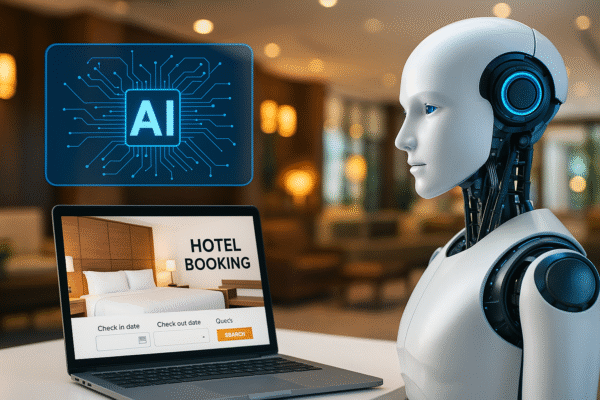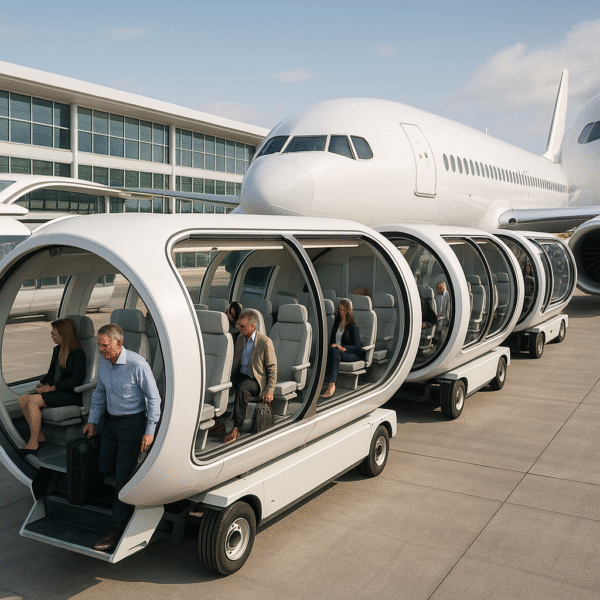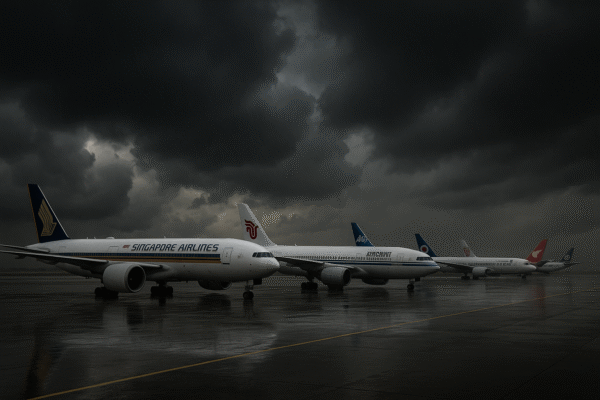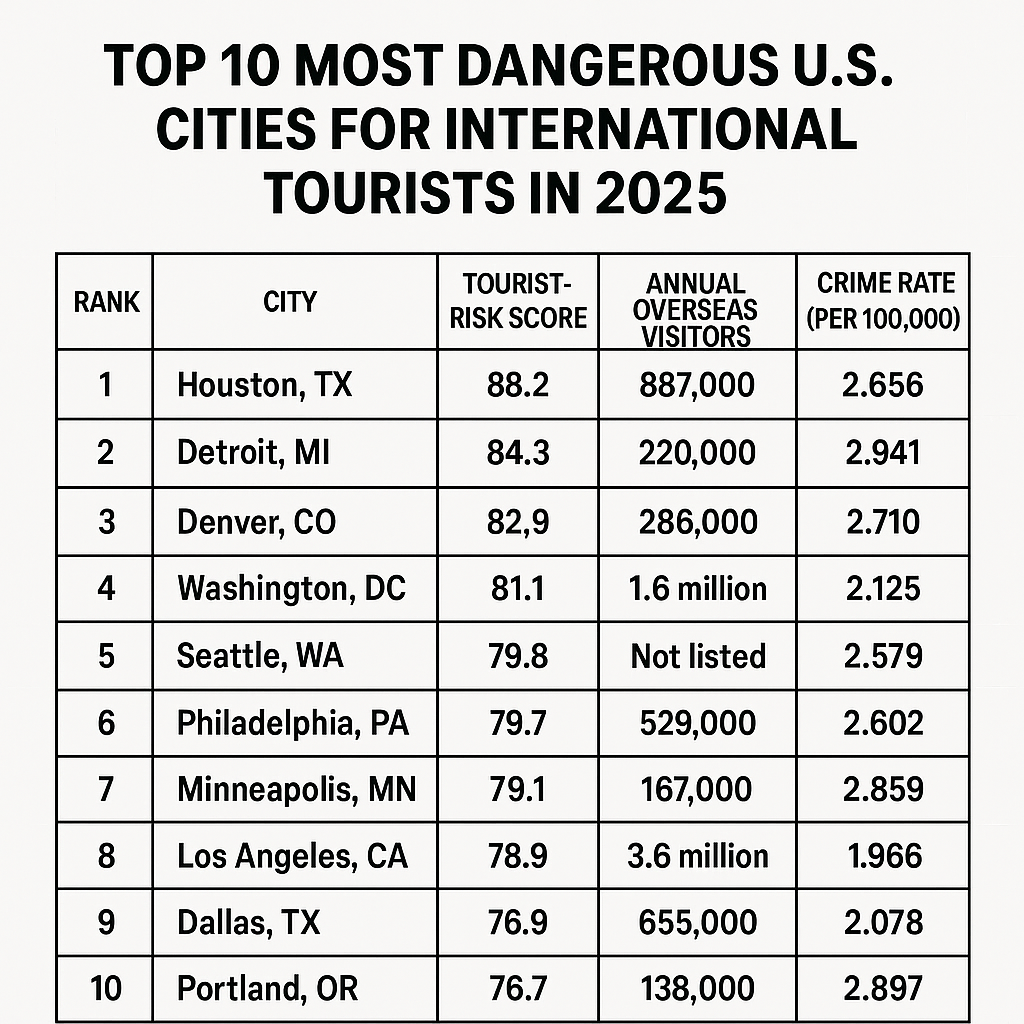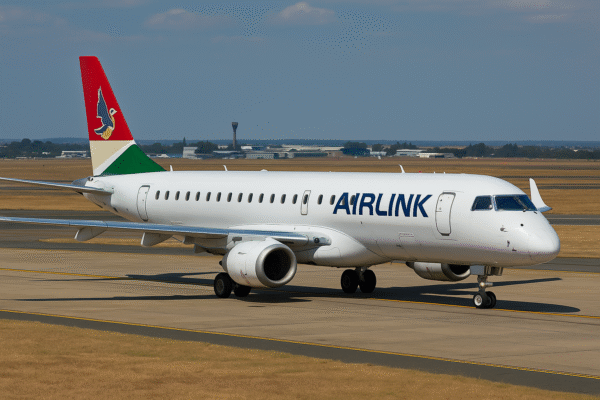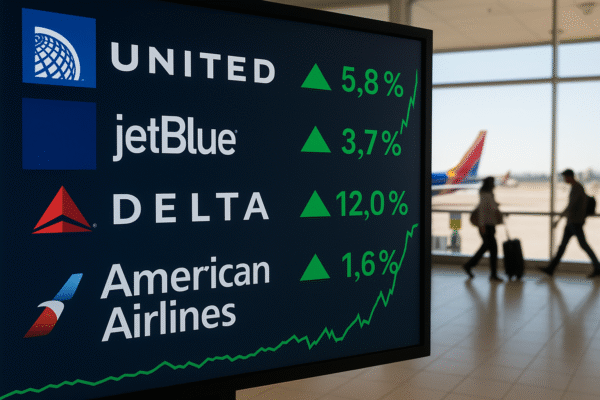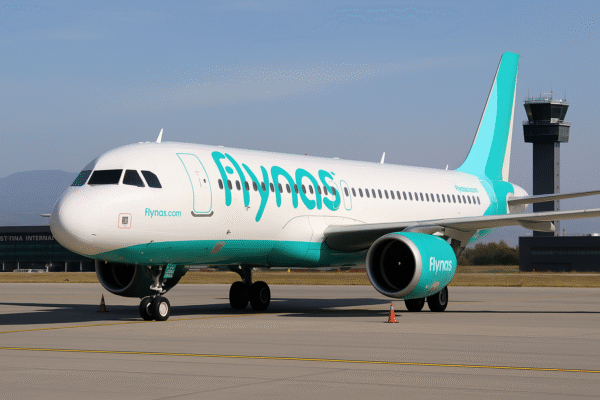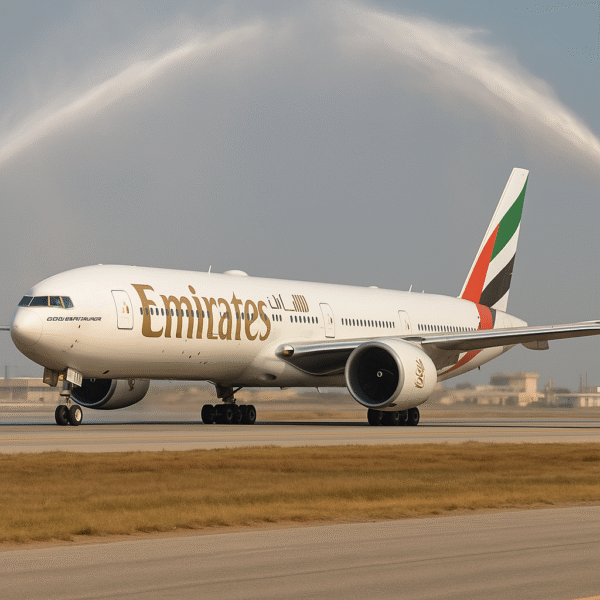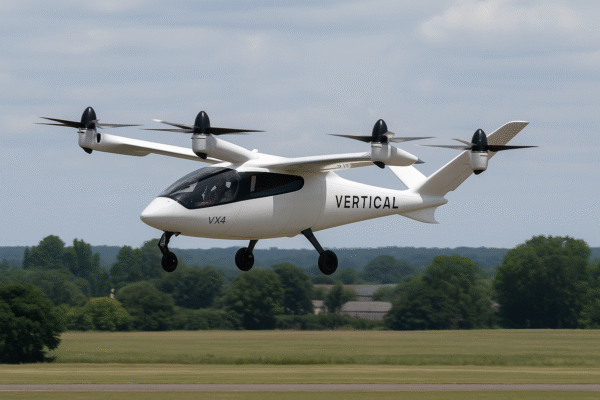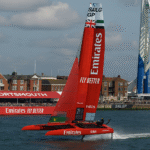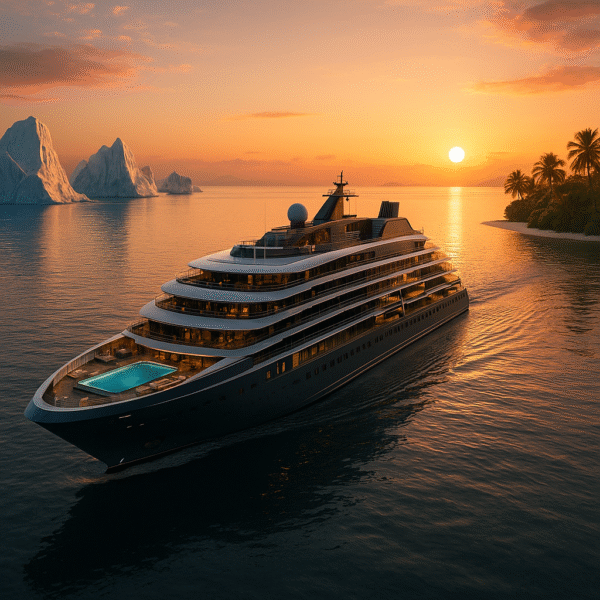A monumental leap in green aviation unfolded in the skies over England on July 16, 2025, as UK-based Vertical Aerospace made history. The company’s full-scale VX4 electric vertical take-off and landing (eVTOL) aircraft completed a successful 17-mile, airport-to-airport flight from Cotswold Airport to RAF Fairford—marking the world’s first piloted commercial-grade eVTOL journey between two public airports.
Piloted by Vertical’s Chief Test Pilot, the VX4 soared quietly to 1,800 feet and reached speeds of 115 mph, all while producing zero in-flight emissions and minimal noise. Certified by the UK Civil Aviation Authority (CAA) under structured protocols and “Permit to Fly” conditions, this achievement is more than a technological showcase—it’s a game-changer for regional travel, tourism connectivity, and sustainable transportation.
A New Chapter for Intercity and Airport Transfer Travel
The flight signals a new era in air mobility, showing the world that electric air taxis are no longer a futuristic dream but a viable, regulatory-compliant solution for everyday travel needs. With a range of over 100 miles and capacity for four passengers plus a pilot, the VX4 is perfectly designed for short-haul intercity routes, airport transfers, and remote tourism access—areas underserved by conventional transportation modes.
This isn’t just about cutting travel time; it’s about redefining how people move. A trip that might take 90 minutes by car between small airports or rural resorts can now be reduced to 10 silent minutes in the air. This opens the door for direct access to remote hotels, eco-resorts, and countryside destinations that have long been difficult to reach without extensive infrastructure investment.
Vertical Aerospace’s Strategic Spotlight at RIAT 2025
The timing of the VX4’s milestone flight couldn’t have been more impactful. It coincided with the 2025 Royal International Air Tattoo (RIAT) at RAF Fairford—the world’s largest military airshow, attracting more than 200,000 visitors and top aviation stakeholders from over 25 nations.
Amid roaring jets and supersonic flyovers, the near-silent VX4 stood as the only fully electric aircraft on display, offering a bold statement to global defense leaders, investors, and civil aviation experts. It demonstrated how low-emission, low-noise aerial solutions can serve not only urban travelers and tourists but also humanitarian, emergency, and surveillance needs in sectors increasingly prioritizing sustainable innovation.
Global Implications: From Tourism Boards to Airlines
The VX4’s breakthrough is already triggering ripple effects across the tourism and hospitality ecosystem:
- Hotels and resorts in scenic or rural regions may soon offer VX4 air taxi transfers directly from urban airports, adding a luxury, low-emission edge to guest experiences.
- Tourism boards could unlock previously hard-to-reach destinations—such as heritage sites, natural parks, or island villages—without the cost or impact of building new roads or railways.
- Airlines may begin integrating VX4 connectors into long-haul itineraries, allowing for seamless “last-mile” electric transfers post-landing.
- Urban planners and developers will need to design vertiports—take-off and landing areas for eVTOLs—into cities, airports, and tourism zones to support a growing electric air mobility network.
The Road (and Sky) Ahead
Vertical Aerospace is now preparing for a series of extended test flights under diverse conditions, aiming for full commercial certification by the European Union Aviation Safety Agency (EASA) by 2028. However, the company’s rapid progress suggests that a commercial rollout could come even sooner.
With over 1,500 VX4 pre-orders from clients across the U.S., Asia, Europe, and the Middle East—including strategic partnerships with airlines and energy firms—Vertical is positioning itself as a market leader in sustainable flight solutions.
According to the UK government’s Jet Zero Strategy, the nation aims to achieve net-zero aviation by 2050, and eVTOLs like the VX4 are now clearly part of that vision. The government has invested in Urban Air Mobility corridors and is collaborating with private partners to enable safe, fast, and green aerial routes across the country.
Why This Matters for Future Travelers
For travelers, especially younger, sustainability-conscious generations like Gen Z and Millennials, the VX4 represents more than convenience—it symbolizes the future they want to see.
- Zero-emission flights reduce carbon footprints for frequent flyers and tourism operators.
- Quiet operations protect natural soundscapes and reduce noise pollution in city centers and rural tourism zones.
- Flexible, point-to-point service enables spontaneous travel plans, quick getaways, and reduced reliance on cars, trains, or buses.
The aircraft’s arrival may soon redefine what door-to-door travel looks like, offering jet-speed service without the jet-level impact.
A Global Trend Gains UK Momentum
While companies like Joby Aviation and Archer in the U.S., and SkyDrive in Japan, are racing to build similar electric air mobility systems, Vertical’s UK-first milestone places Britain at the global forefront of commercial eVTOL development.
From the skies of Gloucestershire to the runways of global aviation conferences, the VX4 has proven itself not only in concept but in action. The flight between Cotswold and Fairford is a signal to governments, cities, and travel brands: the era of electric air travel is here—and the UK is leading the charge.
Conclusion
Vertical Aerospace’s record-setting flight is more than a headline—it’s a signal of how tourism, regional connectivity, and sustainable travel are about to be transformed. As infrastructure evolves and public awareness grows, travel in 2030 may look—and sound—very different from what we know today.
From luxury e-hops to carbon-free transfers, the VX4’s wings may carry not just passengers, but an entire industry into a cleaner, quieter, more connected future.

